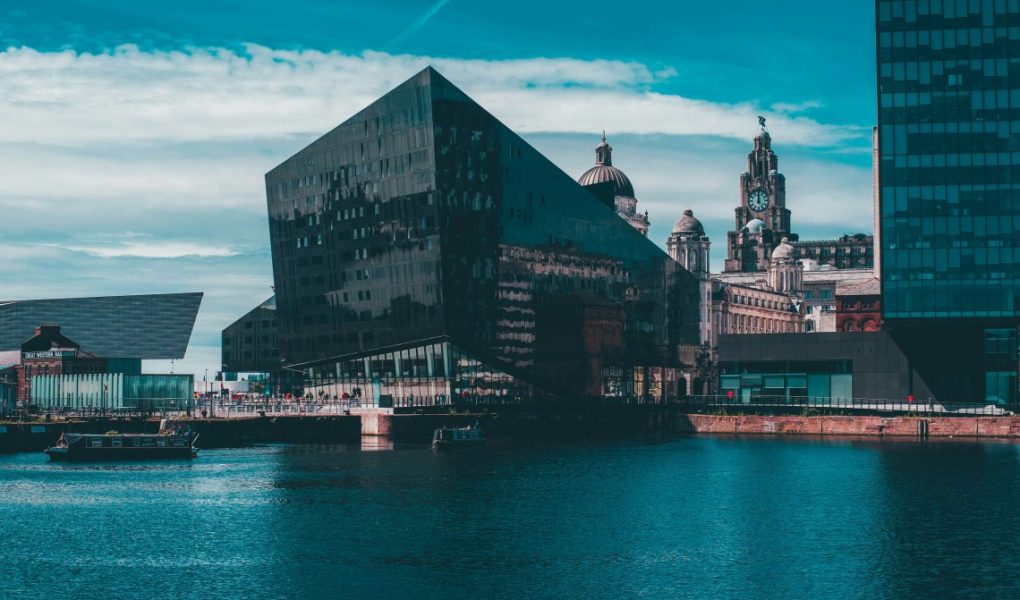Liverpool’s not flashy, and that’s exactly what makes it great. It’s a city that doesn’t pretend. You can turn up with a modest budget and still walk away with stories, photos, and probably a tune stuck in your head.
With free museums, affordable food, and enough music history to fill ten walking tours, you can soak up the culture without soaking your bank account.
Free Culture, No Strings Attached
Start with the museums.
The Museum of Liverpool manages to capture everything that shaped the place, from football to feminism, subculture to shipbuilding. It’s right on the waterfront and does a better job than most at explaining what makes the city tick.
A few steps away is the Maritime Museum, which goes deep into Liverpool’s history as a port city — the good, the bad, and the ugly. You’ll find stories about migration, merchant ships, and even the Titanic (which was actually registered in ‘the Pool’, not Southampton).
The International Slavery Museum, located inside the same building, doesn’t sugar-coat anything. It’s powerful and necessary. Frankly, it is one of the most honest exhibitions you’ll find in the UK.
The Walker Art Gallery, just behind Lime Street Station, is also worth your time. Think of it as Liverpool’s version of the National Gallery, but without the crowds. From Renaissance portraits to modern pieces, it’s a solid mix of big names and lesser-known gems.
And then there’s the stuff that doesn’t fit into a museum. The Bluecoat Arts Centre often has free exhibitions and installations, and the Central Library near St George’s Hall doubles as an architectural showpiece, with reading rooms that feel straight out of a period drama.
Most cities make you pay for a peek into their cultural life. Liverpool leaves the door open. No wristbands, no QR code hustles. Just turn up.
Food That Doesn’t Feel Cheap
Budget-friendly doesn’t have to mean flavourless, and Liverpool proves it. Bold Street is the place to start. A straight run of independent cafés and family-run kitchens serving food that actually tastes like something. You’ll find Syrian flatbreads, Korean fried chicken, Indian thalis, handmade pasta, and Turkish iskenders, all without the inflated city-centre markup.
If you’re in the Baltic Triangle, stop at Baltic Market. It’s not expensive if you’re smart. Split a few dishes between friends, skip the overpriced cocktails, and you’ve got a proper meal without the regret. The atmosphere helps too: industrial space, DJs in the evening, long tables, no fuss.
For something heartier and local, look for pubs that serve scouse (a meat-and-potato stew that comes with crusty bread and sometimes beetroot). It’s warm, filling, and often under a tenner. You’ll find it at places like Ma Egerton’sor The Grapes in the Georgian Quarter.
And yes, if you’re just after a quick bite, there’s nothing wrong with grabbing a pastry from Greggs or a sandwich from one of the local bakeries. Plenty of students and workers do exactly that every day. Cheap, quick, done.
Sleep Cheap, Stay Central
Finding a place to sleep in Liverpool doesn’t require much strategy, just a bit of timing. If you book early, you’ll have plenty of options that won’t drain your budget.
Hostels such as YHA Liverpool Central and Sleep Eat Love offer decent beds, solid locations, and communal spaces that don’t feel like an afterthought. They’re walkable to just about everything, so no need to factor in transport costs.
If you prefer a private room, budget hotels like easyHotel, Travelodge, and Ibis often have deals under £50 a night, especially midweek or outside peak event weekends. The rooms are no-frills, but they’re clean, quiet, and central enough that you can drop your bag and get straight into the city.
Airbnb can also work, particularly if you’re travelling in a pair or group. Look slightly beyond the city centre and you’ll usually get more space for less. The buses are regular, and most routes get you into town in 10–15 minutes. Kensington, Wavertree, or parts of Toxteth are good neighbourhoods to pick.
Prices jump when there’s a football match, a major event at the Arena, or anything Beatles-related happening in town. Check the calendar, pick your dates, and you’ll find somewhere that leaves you with change to spare.
Getting Around (and Out)
Liverpool’s city centre is compact. You can walk from the Albert Dock to the Cathedrals in about 20 minutes, and most of the interesting bits sit between those two points. If your legs hold up, you won’t need a travel pass.
But if you’re short on time or just want to give your feet a break, public transport does the job. A Merseytravel Day Saver lets you jump on buses all over the city for a few quid, and you can get one from any newsagent or station.
For a bit of sightseeing without the effort, consider the City Explorer. It’s a hop-on, hop-off bus that actually sticks to useful stops, like Albert Dock, the Cathedrals, the Cavern Quarter, the Philharmonic, and a few others you’d probably visit anyway. It saves time and gives you some local commentary along the way. You can also use it to orient yourself early on, then return later to anything that caught your attention.
If you’re staying just outside the centre, in places like Wavertree or Kensington, buses run late enough that getting back isn’t a hassle. No need to budget for taxis unless you’re out past midnight.
Liverpool doesn’t need polish to shine. You won’t need to queue for hours or book months in advance. It’s a city made for wandering, listening, and just seeing where the day takes you. Budget or not, you won’t be short on things to remember.




